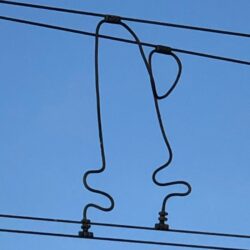Economic Inequality and Political Power (Part 1 of 3)
In a democracy, all citizens—the rich, middle-class, poor alike—must have some ability to influence what their government does. Few people would expect that influence to be identical: those with higher incomes and better connections will always be more influential. But if influence becomes so unequal that the wishes of most citizens are ignored most of the time, a country’s claim to be a democracy is cast in doubt. And that is exactly what I found in my analyses of the link between public preferences and government policy in the U.S. In my recent book, Affluence & Influence: Economic Inequality and Political Power in America, I examined thousands of proposed policy changes over the past four decades. I compared the strength of support (or opposition) of survey respondents at different income levels with actual policy outcomes in the years following the survey.
As expected, greater public support increased the likelihood of a proposed policy change being adopted, as shown in the first chart below.
In many areas of government policy, the preferences of lower and higher income Americans are similar, and in these cases, the strength of the policy/preference link is necessarily similar as well. I found little difference by income level for about half the proposed policy changes in my dataset, including most aspects of defense, environmental policy, the war on drugs, family leave, and even antipoverty policy (where, for example, the affluent and the poor alike support strengthening work requirements, job training, and child care for welfare recipients).
When preferences across income groups do diverge, however, I found that the association with policy outcomes persisted for the affluent but disappeared for the middle class and the poor, as the second chart shows. (I used the 90th, 50th and 10th income percentiles to represent these three groups.)
…..
This is part of an on going series, read the rest of the article at The Monkey Cage
by Martin Gilens
































































































